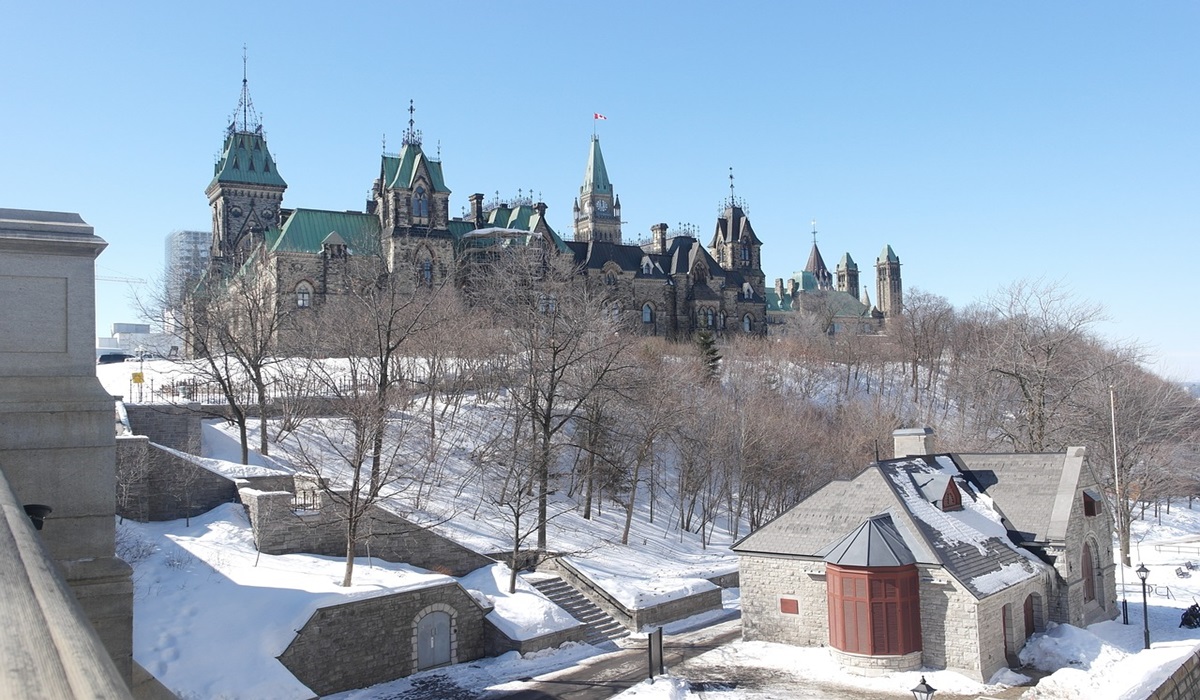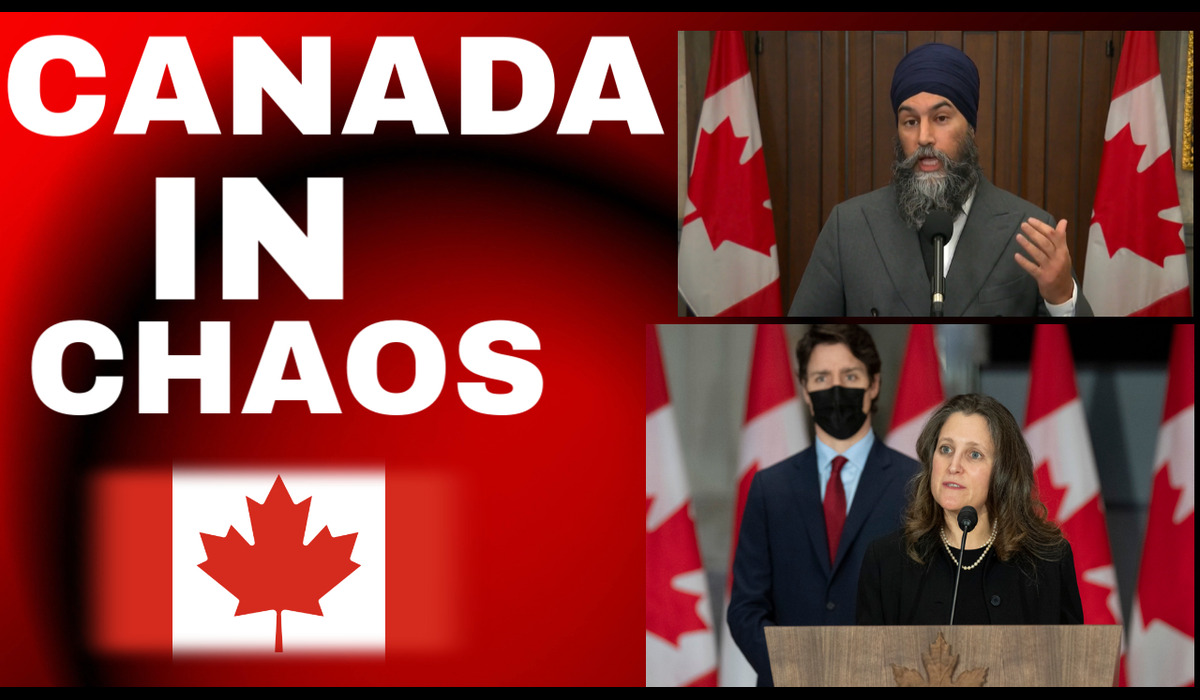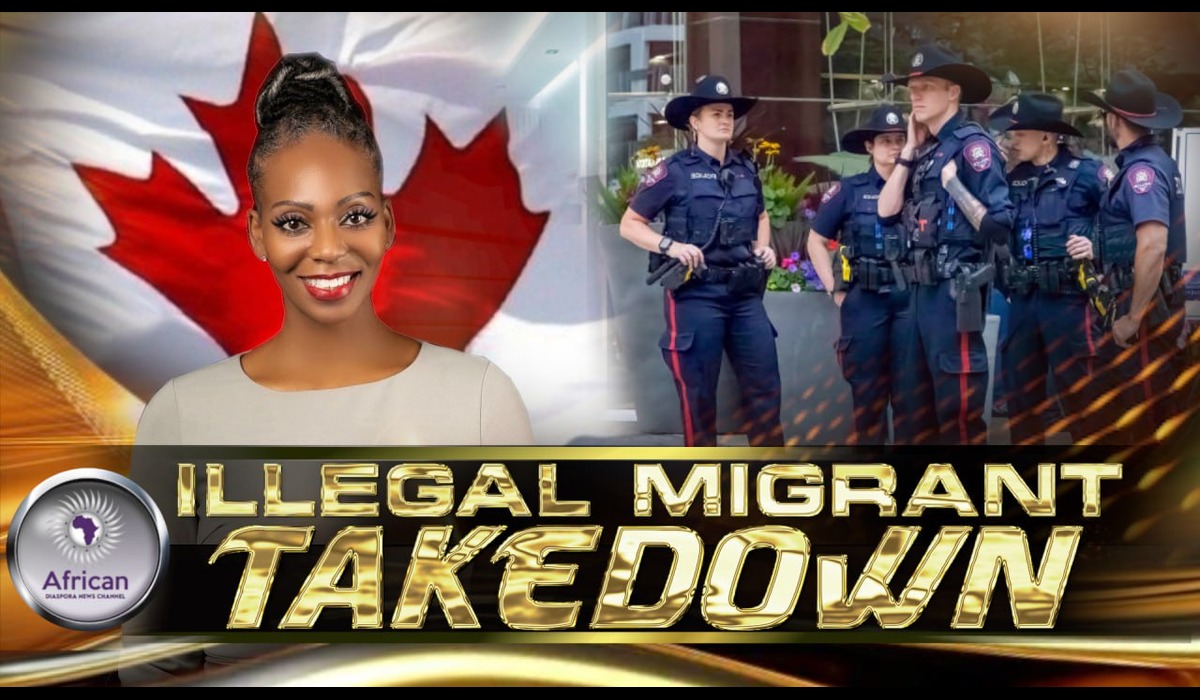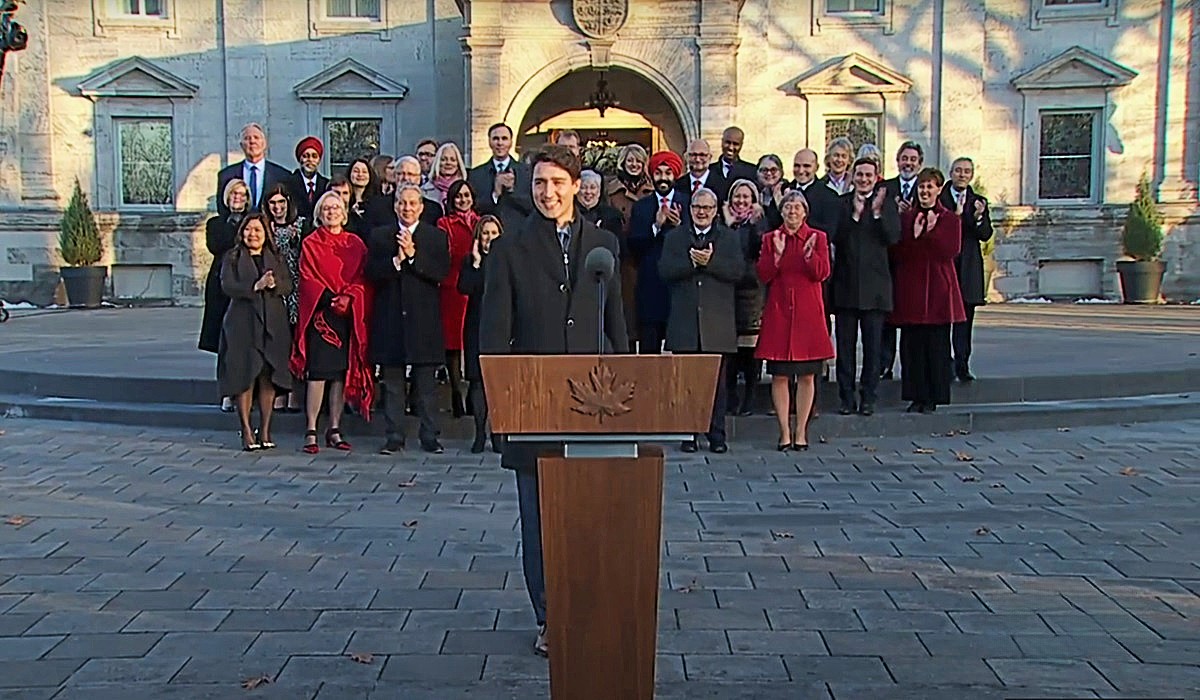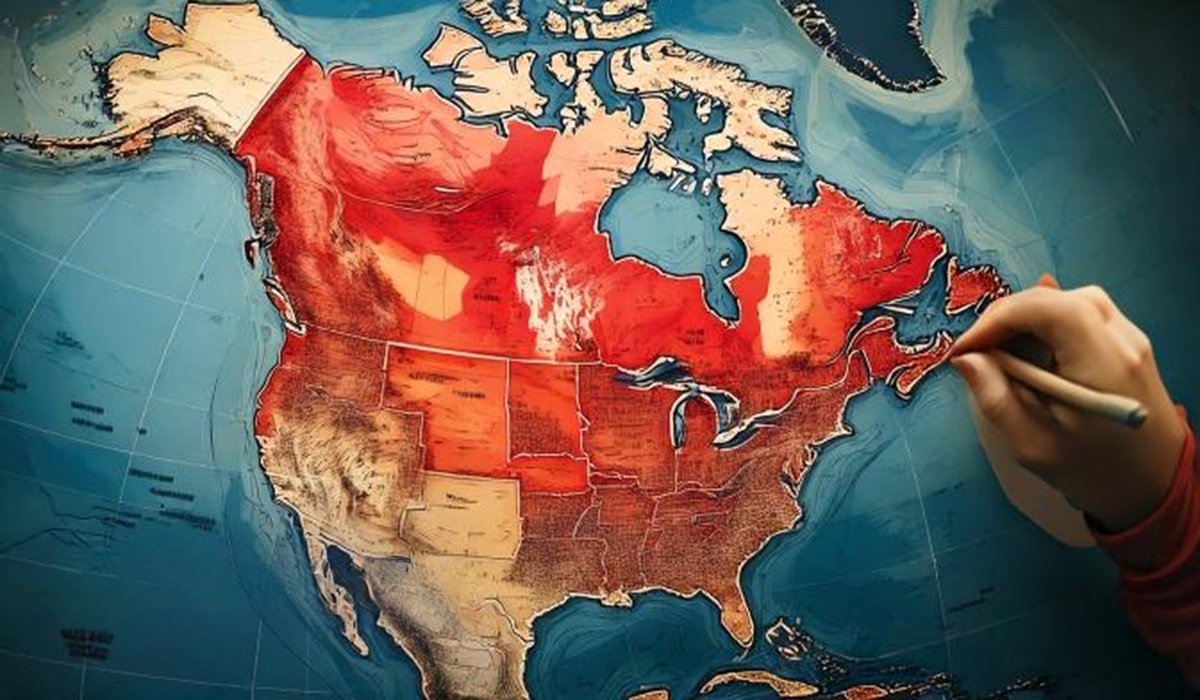Internal Party Conflict: Huge Liberal Loss Likely in 2025 Election
- Ingrid Jones
- Canada
- June 21, 2024

The Federal Liberal Party in Canada appears to be in a precarious position, struggling with several significant issues. The recent recruitment of a new communications officer a few months ago aimed at re-engaging the youth vote highlights the party’s awareness of its slipping popularity among younger Canadians, a critical segment for their electoral success. Historically, the Liberals have enjoyed broad appeal with their centrist policies but now face notable challenges nationwide.
Despite a core group of loyal supporters who continue to back Prime Minister Justin Trudeau, national enthusiasm for the party is declining. The portrayal of widespread national support is misleading, as regional discontent grows. In Alberta, the party has long struggled to gain traction, with conservative values prevailing among voters.
In Manitoba, the outlook is grim for several Liberal MPs, whose political futures are uncertain, raising the possibility of gains by the New Democratic Party (NDP) at the federal level, riding the Orange provincial wave. While Ontario remains a vital support base for the Liberals, they must work hard to maintain their hold amidst growing dissatisfaction and new political contenders. Quebec presents a volatile situation; the party’s handling of illegal immigration and inept foreign affairs policies, especially regarding Gaza, has alienated many voters of Muslim, Arab, and Palestinian descent, potentially affecting support in other regions with substantial South Asian populations like parts of British Columbia.
Internally, Trudeau’s once-celebrated leadership has lost its shine, with numerous outspoken MPs showing discontent with the party’s direction. This has led to a record number of MPs choosing not to seek re-election, hinting at deeper issues within the ranks. Speculation about a leadership change is rife, should Trudeau fail to garner a majority mandate. Several potential candidates have already begun preparing to announce their intent to lead the party by honing their bilingual communication skills.
The broader political landscape in Canada is unpredictable, particularly in the Atlantic provinces and the North, where support could swing among Conservatives, Liberals, or the NDP depending on the evolving political climate. NDP leader Jagmeet Singh has made significant inroads but still faces challenges in Quebec and the Prairie Provinces, which have historically been less receptive to the NDP.
Complicating matters further is Canada’s diminished role on the international stage, and the government is often perceived as overly aligned with U.S. directives, which has eroded national pride and confidence in the government’s ability to prioritize Canadian interests. This perception, coupled with the notion U.S. Secretary of State Antony Blinken, is the one running Canada’s Ministry of Foreign Affairs, not Joly, has deepened public dissatisfaction.
As the next federal election approaches, the Liberal Party faces a tough battle. Voters are presented with the choice between a government marred by notable missteps and an opposition fraught with its own issues. Conservative leader Pierre Poilievre is viewed by many as a divisive figure, while the NDP’s Singh is gaining momentum but still has significant obstacles to overcome. The Green Party, despite its innovative policies, remains largely irrelevant due to its lack of significant representation, while the Bloc Québécois continues to advocate effectively for Quebec’s interests.
The likelihood of a coalition government in 2025 seems high, as neither the Liberals nor the Conservatives appear poised to secure a majority mandate. Such a coalition would require extensive negotiation and compromise, reflecting the fragmented and polarized state of Canadian politics.
In summary, the Federal Liberal Party’s current struggles highlight a broader crisis within Canadian politics. With diminishing youth support, regional discontent, internal conflicts, and challenges from both the right and left, the party stands at a critical juncture. As the political landscape evolves, Canadians will closely watch how the Liberals navigate these turbulent times and whether they can regain the trust of a diverse and increasingly disillusioned electorate.

